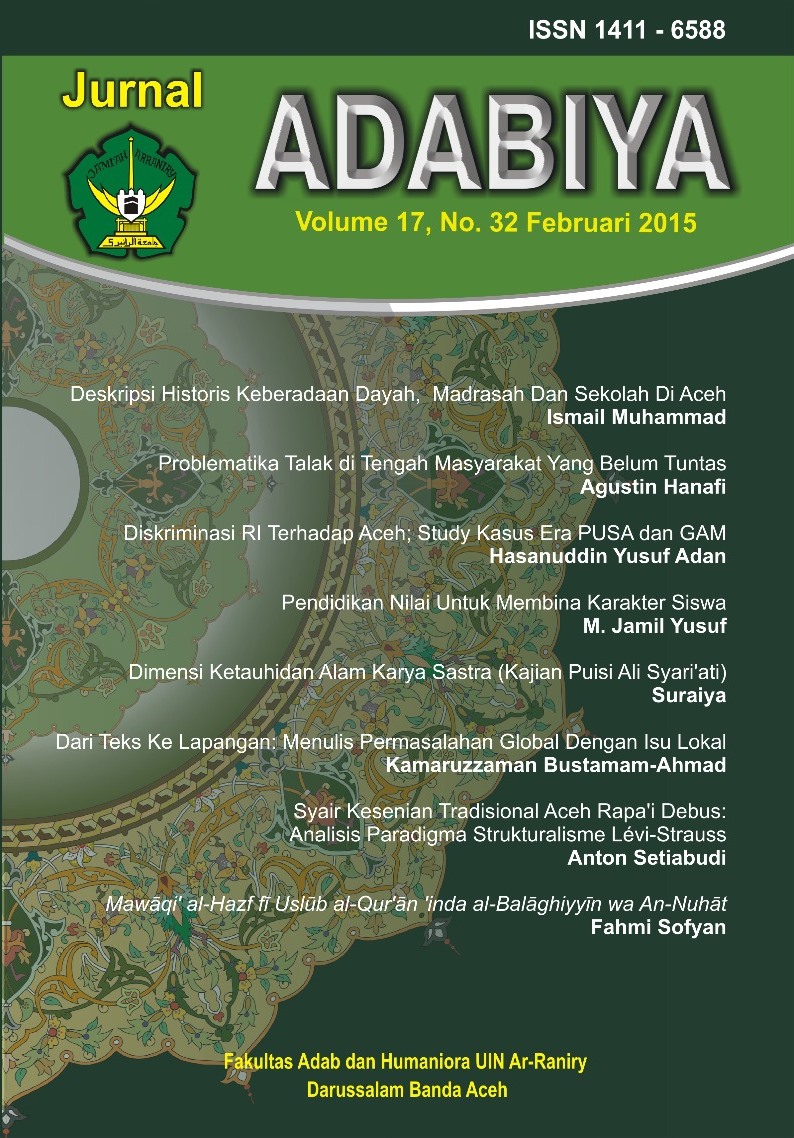References
Abdullah Taufik Ed, Ensiklopedi Tematis Dunia Islam, (Jakarta: PT. Ikhtiar Baru Van Hauve, 1994)
Ahmad Amin, Dhuhal al Islam, (Kairo: Lajnah Ta’wa al Nasyr)
Badri Yatim, Sejarah Peradaban Islam, (Jakarta: PT. Raja Grafindo Persada, 2006)
Dewan Redaksi Ensiklopedia Islam, Ensiklopedi Islam, (Jakarta, Ikhtiar Baru van Hauve, 1994)
Dr. Aiman Fuad Sayyid, Daulat Fathimiyah fi Misr Tafsir Jadid, (Dar El Masriyah lil Bananiyah, 1992)
Hasan Ibrahim, Tarikh ad Daulah al Fathimiyah, (Kairo: Jannatut Ta’lif, 1958)
Hasan Maidir, Sejarah Peradaban Islam, (Padang: IAIN Imam Bonjol, 2001)
Jamaluddin Surur Muhammad, Tarikh ad Daulah Fathimiyah, (Kairo: Dar al Fikr, al Arabi, 1995).
K. Ali, Sejarah Islam, Tarikh Pra Modern, (Jakarta: PT. Raja Grafindo Persada, 2003)
M. Lapidus Ira, Sejarah Sosial Ummat Islam, (Jakarta: PT. Raja Grafindo Persada, 1999)
Munir Amin Samsul, Sejarah Peradaban Islam,(Jakarta: Amzah, 2009)
Philip K. Hitty, History of The Arab, (London: The Macmilland Press, Ltd, 1974)
Thohir Ajid, Perkembangan Peradaban di Kawasan Dunia Islam, (Jakarta: PT. Raja Grafindo Persada, 2004)
W. Montgomery Watt, Terj. Hartono Hadikusumo, Kejayaan Islam, Kajian Kritis dari Tokoh Orientalis, (Yogyakarta: Tiara Wacana, 1990)
Zainal Abidin Ahmad, Sejarah Islam dan Ummatnya, (Jakarta: Bulan Bintang, 1979)



